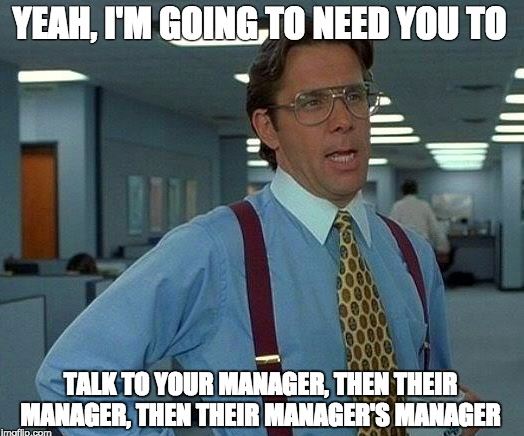The structure of networks within society is continuously changing. The birth of high speed internet is rapidly pulling away at traditional organisational structures. The consumption and distribution of information is also becoming ever more open with websites like Wikipedia, youtube and medium. Massive amounts of knowledge is being pushed out and shared around the world via compounding network effects. Humankind has huge amounts of information available at their fingertips but we find ourself wasting our days scrolling through celebrity instagram accounts. The primitive hierarchical structure of traditional organisations is used as a mechanism to effectively consume useful information and output productive action. With hierarchy comes direction and organisation with the specific attempt to create output that in returns acquires reward. In the majority of large enterprises this is shaped in the form of outputting service or product creation (value) in return for monetary reward. However, there are many problems that come with hierarchy. Organisations begin to slow down as there more levels of approval in decision making appear. Sub-segments of the whole begin to appear and each sub-segment grows more unlikely to collaborate.
Some modern organisations are trying to disrupt hundred year old structures by incorporating communication techniques more common of small, adaptive and responsive groups. Stripe – A world class financial technology company – has come into power as a leader in transactional APIs while having all their email communication accessible to everyone in the organisation. An intern can easily read the email correspondence of a CEO. Appster – an Australian tech company estimated to reach a $US100 million evaluation is 2018 – has chose to organise themselves into what they call ‘tribes’ and break away from hierarchy.
“Instead of having a HR department, sales, design, marketing, quality assurance, we build teams with a mix of everything, almost like a mini business within the company,” Mr McDonald says of Appster.
The future of organizational structures will continue to change as the pace and volume of information grows. Organisations like Stripe and Appster are creating new structures that respond to distributed networks of information instead of narrowing them.
Communication in hierarchical networks:

